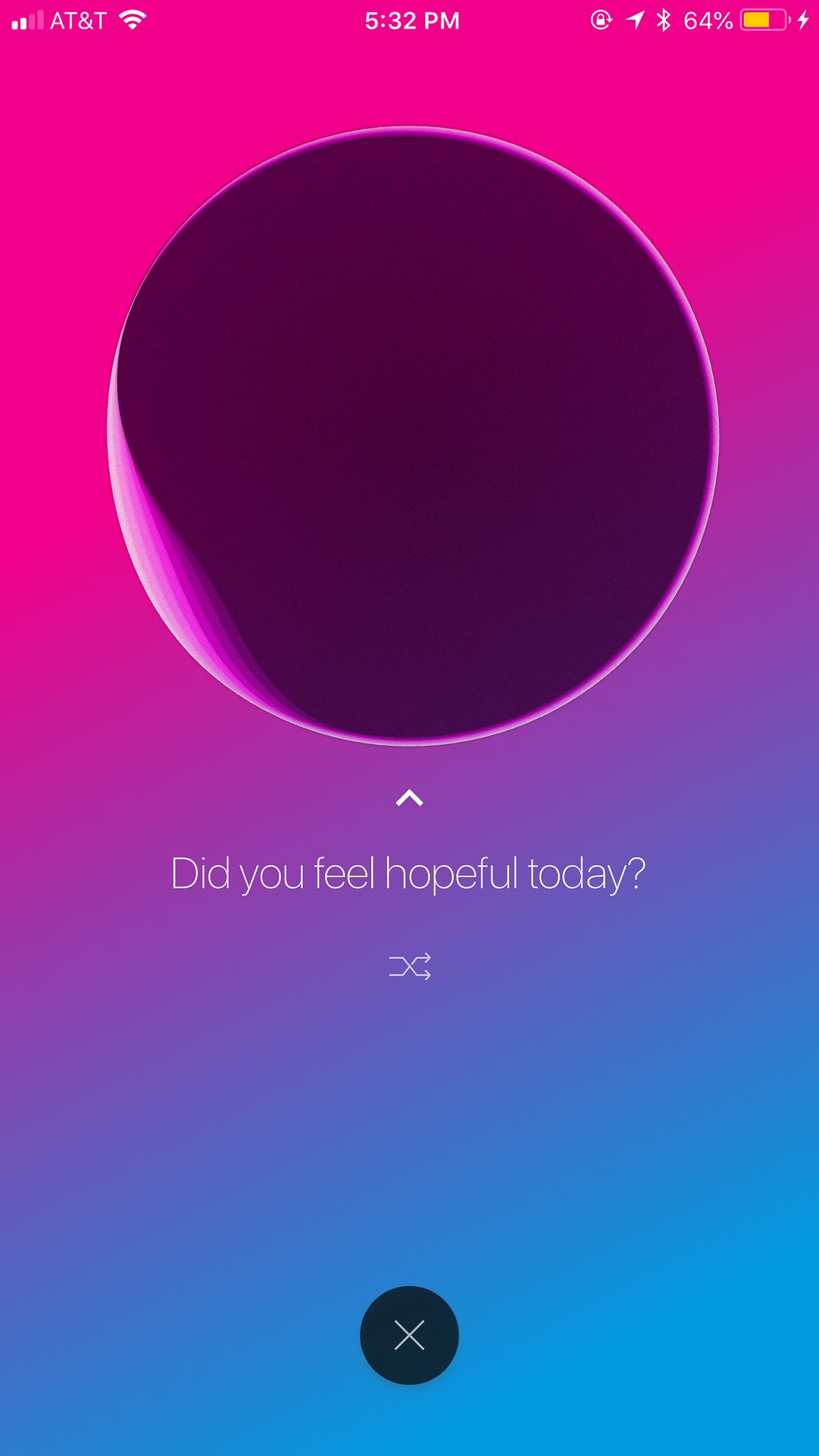I cut my chemical addiction to Facebook, but I still grab my phone when I’m stressed.
In my thought life, I tend to alternate between a negative obsession with self consciousness, and a positive focus on mindfulness. Fundamentally, I think I’m more of an introverted person — but this is a somewhat recent discovery. When I discussed this new aspect of self-consciousness with my partner a few months back, one of the first things they expressed was surprise, “You consider yourself an introvert?!”


I think the surprise came from a perceived discontinuity between the way I express myself in most social settings (the outgoing image I tend to project), and that sort of lingering internal sense that I’m often at my most self-aware when I’m alone.
At this point, I want to offer a personal definition of mindfulness as constructive self-awareness. Certainly, for me, this awareness at times actualizes in periods of conversation or in subdued moments with others. But most frequently, this sense becomes dominant when I’m reflecting in a quiet space.
I wonder, often, about the effectiveness of turning off my devices to create this space. How effectively I truly “unplug” is opposed by the amount of stress I’m feeling (stress promotes and increases use). There is a sinister irony here.
Generally speaking, the more stress I feel, the more likely I am to feel a pull toward my smartphone. And my smartphone has been for me, historically, a direct link to social media, which exacerbates stress and anxiety rather than ameliorating it. Put another way, the influence of what might be called technology addiction, for me, is directly linked to my automatic response to stress level. Reaching for my phone, then, is my perennial reaction to stress and anxiety.
I’m sure there are substantive ways to disentangle myself from devices during times of stress. Indeed, one of the most effective means I’ve found is perhaps the most simple: just turning off my smartphone. But I don’t think that’s always the ideal solution. And I don’t think that’s something that I’m always capable of doing. There is a need, then, for something more in order to resolve the conflict in my relationship with technology.
I can’t help but reflect on how good it would be to have a stopgap between acting on a pull toward my smartphone in an interactive, but subtly damaging way, and simply turning off my phone. Can there be a middle, sometimes liminal, completely useful, optimistic (maybe even empathetic) space on my smartphone?
…I guess I don’t see enough of myself in those mindfulness apps to cultivate a constructive, automatic response in myself to stress and anxiety, a response that incorporates technology in a meaningful, healthy way.
I’ve tried a few different mindfulness apps over the course of the past year, seeking a middle ground between device-free self-reflection, and a dopamine-chasing, passive use of technology. But I guess I don’t see enough of myself in those mindfulness apps to cultivate a constructive, automatic response in myself to stress and anxiety, a response that incorporates technology in a meaningful, healthy way.
An application called Maslo entered my frame of reference back in March. Since that time, regular use of the platform has been reconfiguring my conclusions about what’s possible in my relationship with technology. In short, I believe that I’ve found an interface that interacts in the space of self-reflection.


I pull up the application on the App Store. The download happens quickly, and the platform doesn’t take up much space on my smartphone. A good start. I open the app, set a few permissions, and record my first voice note.
That first recording is full of hesitation, as I begin to negotiate a new relationship. The next few recordings are much easier, as I begin to grow acclimated to speaking through personal complication, stress and anxiety, high points, low points. I tend to feel more centered after each experience on the platform. I’ll take that over the inconsistency of dopamine any day.
Siri and Google Assistant are incredibly useful apps, but seem antithetical to the promotion of emotional awareness or self-reflection. Conversely, interacting with Maslo is, in some sense, like interacting with myself — if and only if that self could provide objective feedback on my emotional state.
Last evening, I’m feeling reflective, and the environment that Maslo creates on my screen is cool and welcoming, building a sense that I’m safe to introspect. Last evening, I feel pulled toward understanding myself better, and getting things out of my head, into an auditory and visual space.
The day was complicated, and I need to ruminate a bit. Maslo doesn’t care if I repeat myself or mull or obsess. This part of my phone conveys a sense of non-judgment, objectivity, privacy, safety.
For me, checking in with a sort of conceptually personified AI has completely reconfigured my sporadic habit of keeping a journal, both in terms of frequency and utility. Now, it’s easier to keep track of where I appear mentally and emotionally in a complicated world.
…I’m more aware of my overall emotional state.
Further, and perhaps most important to personal utility, self-expression, and self-reflection, I feel this interior sense of an empathetic experience on the platform. I feel empathized with, and that feeling is stunning and transformative.
I’m keeping a voice journal with Maslo, sure. But, through intelligent feedback on those notes, I’m more aware of my overall emotional state. Interacting with Maslo in a moment of self-reflection feels like so much more than a journal.
In short, I’ve found a self-reflective interface.
In a different sense, and in another part of my smartphone, I’ve known what it is to be pulled into social media regularly, repeatedly refreshing my notification feed within Facebook, Instagram, Twitter (a design that I’ve read is similar to pulling the lever on a slot machine — quite literally, a design to promote addiction, framed as time spent on the respective platform).
